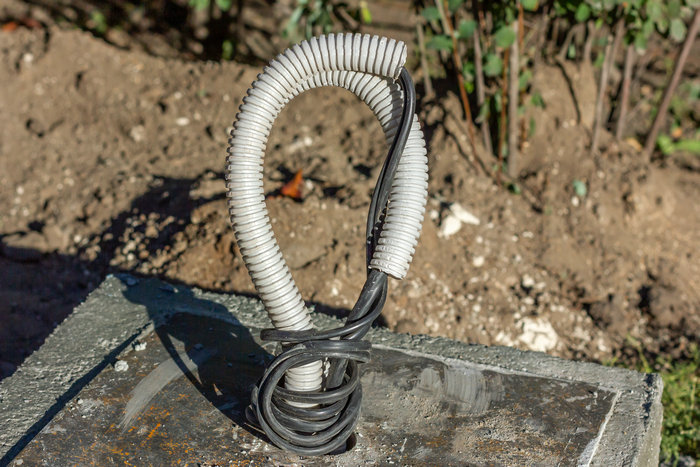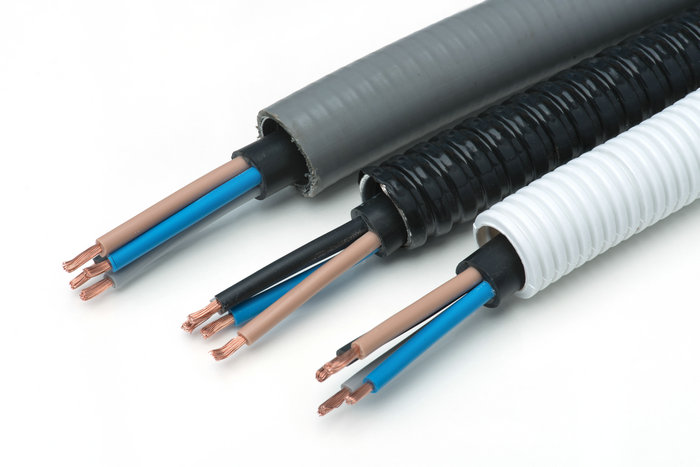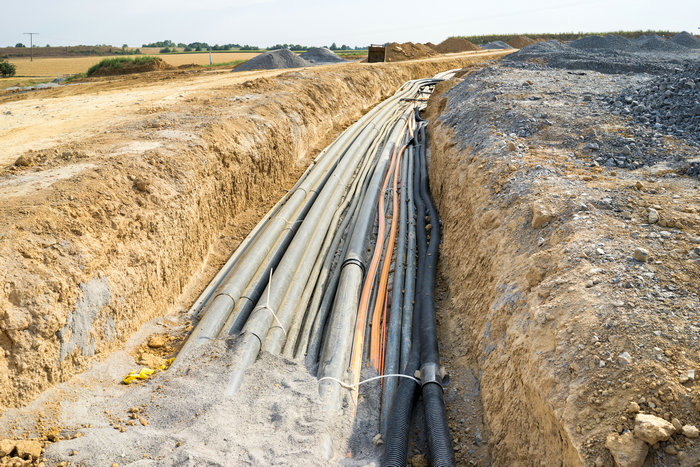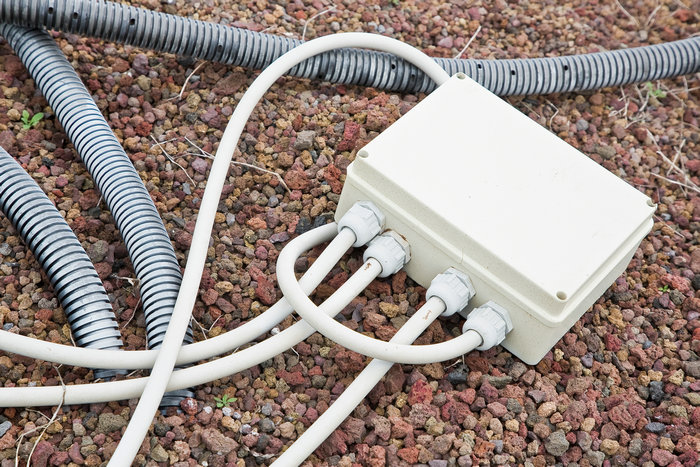
Ethernet cables can be incredibly sensitive to environmental damage and exposure to numerous degrading factors. That includes moisture and heat that can drastically lower their efficiency.
Therefore, outdoor Ethernet cables require proper protection to maintain their optimal performance and longevity, reducing the need for repairs or replacements.
This article offers ways to protect your ethernet cord outside to increase their durability and efficiency:
The reasons you should protect your ethernet cables outside
Outdoor ethernet cables can be predisposed to degrading conditions from the surrounding environment. They can, therefore, be much safer and in better working condition if you protect them.
Most residential and commercial building owners employ various techniques to protect outdoor cables from the following damages:
- Moisture damage: Waterproof cables can withstand possible moisture damage. Especially so, outdoor-rated cables can be the best to resist water damage. However, not every outdoor cable can have that capability.
Cat6a, Cat6, and Cat5e cables may usually be more susceptible to water damage. Cat6a cables have the edge since they typically have much thicker insulations than other basic PVC cables.
Giving these ethernet cables a waterproof coating can significantly prevent moisture damage and improve the cable’s longevity .
- Physical damage: Damage due to bending and twisting can be immense enough to cause significant compromise on how basic ethernet cables transfer data. Cables that can hardly withstand power surges are also prone to physical damage and may need protection.
Lightning strikes can also be external damage that can compromise your ethernet cable, physically damaging and rendering them ineffective.
- Ultraviolet (UV) light exposure: Most homeowners install UV resistant cables to limiting UV damage. While that’s commendable, not every cable can have this capability for outdoor use.
Ethernet cables that aren’t UV resistant can also hardly withstand extreme temperatures.
Your cable’s manufacturer can provide recommendations for your cable’s protection, which can work perfectly. Nonetheless, that can be insufficient, requiring you to do more when installing underground cables for protection.
- Electromagnetic interference (EMI): Installing ethernet cables near power lines and motors can lead to EMI. An ideal alternative can be reinstalling these ethernet cables elsewhere, but you can still protect them where they are.
Direct burial ethernet cables require thoughtful planning and considering the various factors predisposing them to degrading factors. However, you can still protect each of your outdoor ethernet cables regardless of their situation.

Ways to protect your outdoor ethernet cable
A great way to keep your outdoor ethernet cable safe is installing them where there’s little interference and environmental disturbance. However, if that’s already done, you can still find your way around protecting them from physical damage and electrical interference.
Below are ways to protect your outdoor cable from damage:
Use conduits
A conduit is a thin tubing or pipe that protects and effectively secures ethernet cables from harsh environments. They’re usually a much better alternative if you want to avoid PVC piping since they’re perfectly robust.
Conduit pipes can protect most outdoor cables from environmental factors and can include cold weather and direct sunlight. A single conduit pipe can fit multiple cables, making them more economical.
You can still protect your ethernet cables with a PVC conduit if they can be robust and reliable. Some other conduit alternatives include:
- Metal conduits
- Flexible conduits
- Plenum-rated conduits
- Liquid-tight conduits
Metal conduits can be a more durable option than PVC conduits. The latter can be economical and inarguably easy to install. However, you should consider more robust materials that hardly disintegrate.
Most hardware stores sell gel-filled cable options and you can still order one online for your convenience. These cables can be ideal alternatives to conduits as they offer almost similar protection.

Create a cable trench
Also known as a direct burial cable, cable trenches can be robust and durable enough to protect multiple cables outside. A direct burial ethernet cable can protect your outdoor cable from punitive environments, maintaining its efficiency and optimal functioning.
When installing trench cables, it’s best to adequately plan the areas they’ll go through in the ground to protect your outdoor ethernet cables effectively. That’s necessary to avoid disturbance from any activities that break the ground.
A significant advantage of trench cables is that their manufacturers design them to withstand harsh environmental conditions and can protect your outdoor ethernet cables well.

Use a junction box
A junction box is an enclosure that protects multiple cable wires that a cable strap joins, especially where they emanate from various directions. While it primarily protects ethernet cables, the enclosure helps organize them and avoid creating a mess of entangled cables.
An outdoor junction box is usually ideal as it’s a stable structure that can withstand the harsh outdoor environment, protecting your cables better. Especially so, metal outdoor boxes can be more practical, keeping your outdoor ethernet cables in perfect condition.
Fibreglass can also make a sturdy connector box to keep every PVC cable safe and protected outdoors.
Install surge protectors
Sudden electrical surges damage ethernet cables and other internal wires within the connected electrical system. Lightning strikes can also be a threat to your cable wires, and your cable manufacturer may recommend that you install surge protectors.
Sudden electrical surges may exceed your cord’s energy capacity, causing damage. Moreover, it’s best to control lightning strikes around your home by installing lightning arrestors, protecting your ethernet cables.
Surge protectors are helpful for individuals who install multiple cables because it can prevent significant damage when lightning strikes or a possible electrical surge occurs.
Conclusion
It’s best to protect your outdoor ethernet cable to keep them operating optimally. The outdoors can be harsh, and the environment incredibly punitive. Letting your cables lay unprotected can quickly degrade them and invite costly replacements and repairs.
Most ethernet cables require delicate handling to ensure their longevity. Therefore, knowing what you should do can go a long way.
